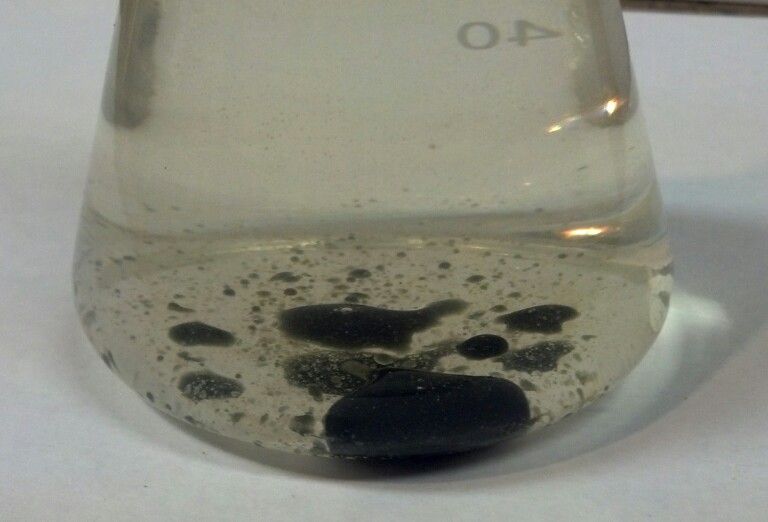You used 3.4 equivalents of sulfuric acid for an esterification? Where did you read that such huge excesses are used? Usually amounts of up to 30 mol%
work just fine. Sulfuric acid reacts with methanol to give methyl sulfuric acid and water. It is thus pointless to use such enormous excesses which
can only lead to charing.
Meanwhile, you used a pretty modest amount of methanol. At least twice that volume would be advisable.
No layers should form. If that would be the case, it would only mean something went wrong. You can generally follow such reactions by quenching a
sample of the reaction mixture and make a TLC comparison with the starting material (aspirin), the intermediate (salicylic acid) and the product when
available (methyl salicylate). You can also do TLC monitoring intuitively and skip the use of standards (by monitoring from the time 0 and stop the
reaction when no more change occurs). Either that, or use published procedures and trust that the given reaction time will suffice for your scale and
setup as well. |



























